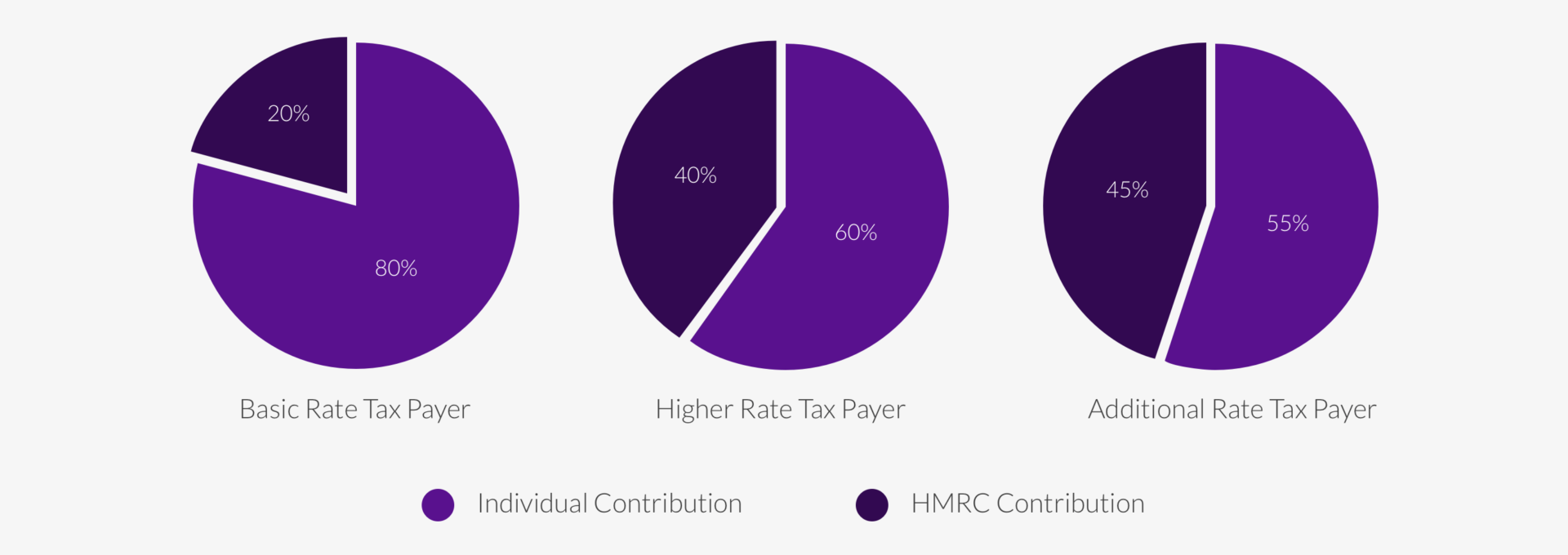Stakeholder Pensions were introduced in April 2001 and share the same tax advantages as Personal Pensions but contain some specific rules laid down by the Government to ensure that they offer good value particularly for the lower paid.
The main rules are:
- Management charges can’t be more than 1.5% of the fund’s value for the first 10 years and 1% after that
- An investor must be able to start and stop payments at leisure and be able to switch providers without being charged
- Must meet certain security standards, e.g. have independent trustees and auditors
A stakeholder pension allows investors to make contributions of up to £3,600 gross per annum without reference to earnings, or up to 100% of earnings, but subject to the annual allowance, currently £60,000.
The advantage of stakeholder pensions are their relative simplicity, low and capped charges and their availability to almost anyone wanting to establish a pension for either themselves a family member (e.g. a child) or an employee.
Tax Relief on Contributions
Contributions into a stakeholder pension benefit from an HMRC top-up/rebate of £20 on each £100 paid in by basic taxpayers and £40 or £45 for higher and additional rate taxpayers (reclaimable via a tax return) making these vehicles one of the most tax efficient savings schemes in the UK.
Contributions may be by lump sum or regular payments, paid by the individual, someone on their behalf, or their employer up to their permitted maximum allowance. Employer contributions do not attract National Insurance and qualify for Corporation Tax Relief.

Annual Allowance
There’s a limit to the amount that can be invested in pension plans every year before an individual is taxed on the contributions. It’s set by the Government and it’s called the ‘Annual Allowance’
The current annual allowance is £60,000 pa.
If you are close to contributing up to the allowable limit it would be wise to seek advice from Rosan Helmsley to ensure the limit isn’t breached, which otherwise may trigger a tax charge. Also due to the way contributions are paid to pensions it is important to check the ‘Pension Input Period’ (PIP) to ensure contributions are maximised and allocated in the most tax efficient way.

Lifetime Allowance
The Lifetime Allowance (LTA) is the total value of all tax-privileged pension savings held within an individual’s UK registered pension scheme.
In the Chancellor’s Budget Statement on 15th March 2023, he announced that from 6th April 2023, the LTA would be abolished. Therefore, from this date, the Lifetime Allowance Charge (LTAC) for individuals with excess pension benefits above their LTA, would no longer apply. However, the Finance Bill introducing the Budget changes, confirms that lump sum payments, which would have attracted the LTAC, will from 6th April 2023, have the LTA charge replaced with a charge to income tax at their marginal rate on the excess above their previous LTA.
Stakeholder pensions, whilst useful for many, have certain limitations most notably on the permitted range of underlying investments, which limits their flexibility particularly for those with higher amounts to invest or those wanting to invest in a wider range of investment funds. Investors with these requirements should consider either a Personal Pension or SIPP.

